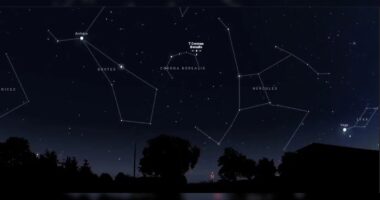NASA has successfully transmitted 4K video from an aircraft to the International Space Station and back using laser technology, marking a significant advancement in space communication. This achievement, accomplished by a team at NASA’s Glenn Research Center, utilizes optical communications, a method with the potential to revolutionize data transmission for future space missions.
The experiment, part of a series testing new technologies, aims to enable live video coverage of astronauts on the Moon during the Artemis missions. This capability, according to Dr. Daniel Raible, principal investigator of the HDTN project, will enhance crew health and activity coordination.
Unlike traditional radio wave communication, laser communications employ infrared light, allowing for significantly faster and more efficient data transmission. The experiment involved collaboration with the Air Force Research Laboratory and utilized a portable laser terminal mounted on an aircraft, sending data via an optical ground station, an Earth-based network, and a NASA experimental platform in orbit. The signal was then relayed to the ISS and back to Earth, showcasing the feasibility of laser-based communication for long-distance transmissions.
This initiative is part of NASA’s broader strategy to enable high-bandwidth data transfer from deep space, supporting human missions beyond low Earth orbit. The agency continues to refine these technologies, with the ultimate goal of enhancing the capabilities for future space exploration.





















